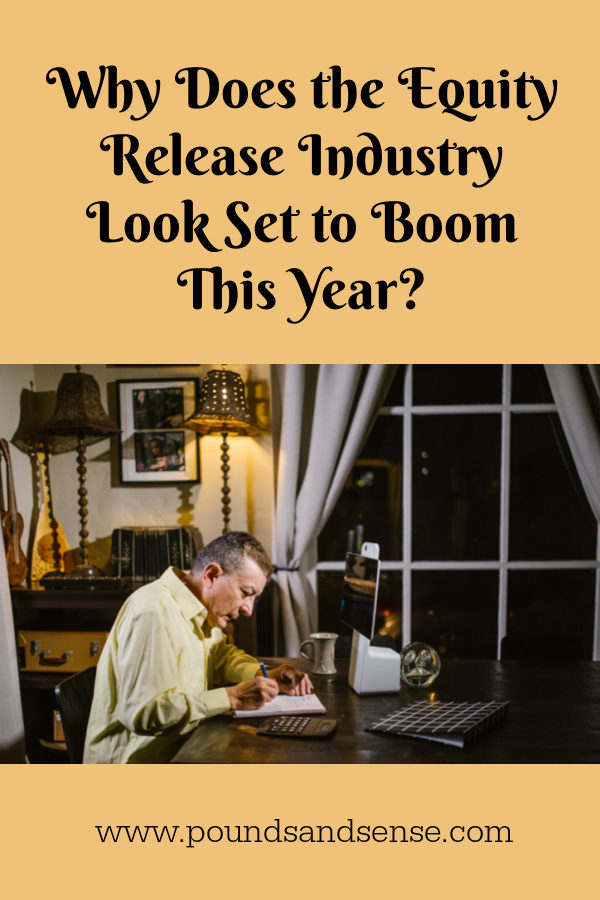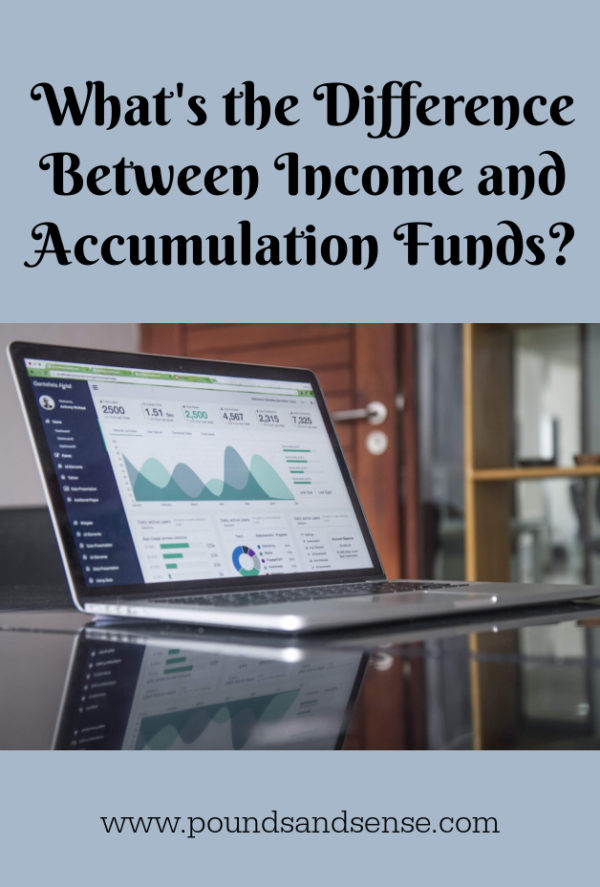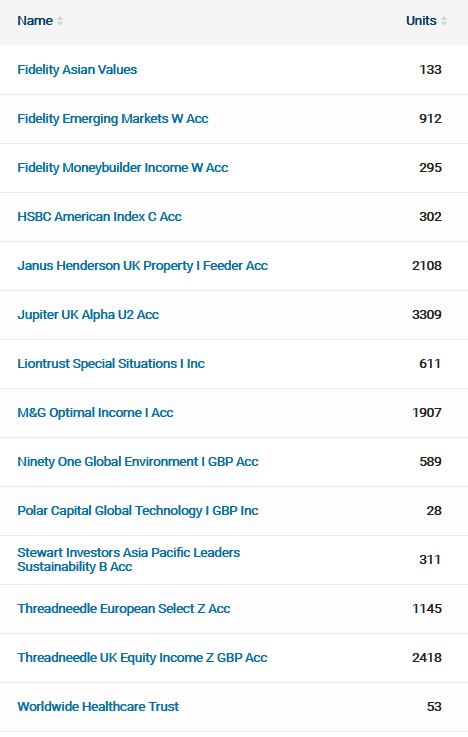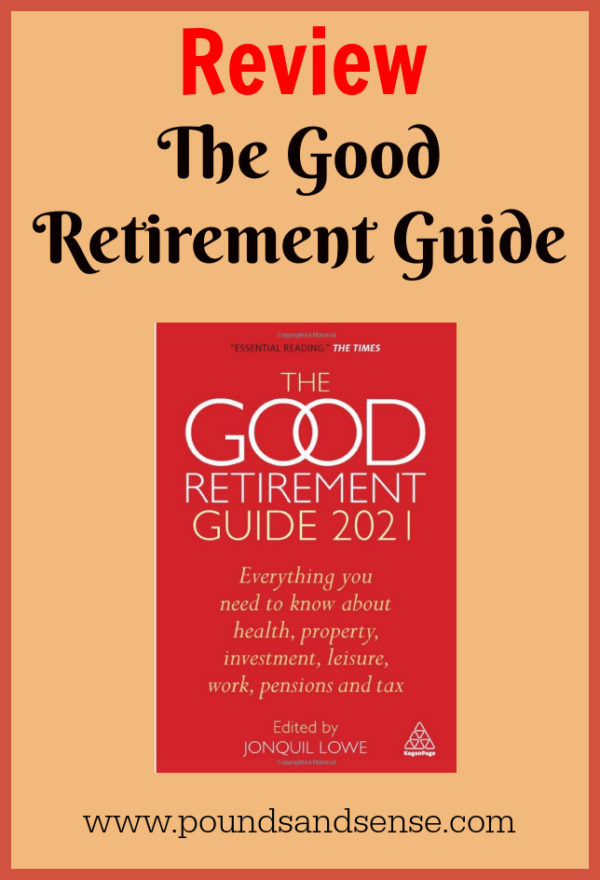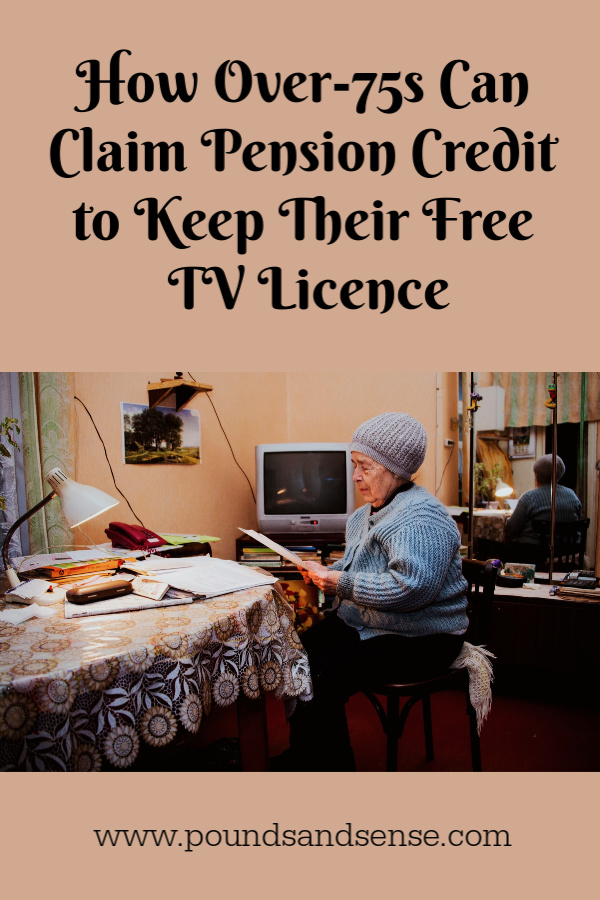Can I Rent Out My House With Equity Release?
This is the third in a series of collaborative articles on the subject of equity release. This one looks at the important question of whether you can still rent out your house (or part of it) if you take equity release.
As the equity release industry expands, UK-based older homeowners are being offered more flexible retirement mortgage solutions to combat the problem of insufficient funds in retirement.
While equity release is a fantastic product, there are some terms and conditions that may put limitations on what you do with your property.
74% of UK-based retirees own homes, and many of those live in large family properties where the kids have moved out. With the chance to make up to £7,500 tax-free a year through the government’s Rent-a-Room scheme (including qualifying Airbnb lets), renting out a room or your whole property can be a great way for retirees to generate extra income.
But if equity release is something you’re considering, the big question is, can you rent out your house after taking equity release?
Equity release expert John Lawson of SovereignBoss explores this topic in the following report to help you understand all the equity release criteria to ensure you make a sound decision.
What is Equity Release?
Equity release is a financial product designed for older homeowners to unlock the cash in their property while still living there.
What’s great about these products is that repayments are completely voluntary and there is no risk of foreclosure. Instead, the loan and any compound interest are repaid when the last homeowner passes away or enters long-term care. Money taken through equity release is tax-free and can be used for any purpose.
Finally, equity release borrowers can opt to release their money in a lump sum, place it in a drawdown facility, or receive it as a monthly income.
Lodgers v. Tenants and Equity Release
One of the key components to an equity release loan is that you need to live in your home for at least six months a year and it must be considered your primary residence. Does this mean you can welcome lodgers or tenants?
There are some key differences between the two:
- A Tenant – A tenant generally has more rights than a lodger due to a Tenancy Agreement. The landlord will need to get permission to enter the rented space and must conduct regular gas safety checks (if gas is connected). Once a contract is signed, a landlord can evict the tenant after six months, providing acceptable practices are followed. A landlord will also need to return the tenant’s deposit as per The Tenancy Deposit Scheme (TDS).
- A Lodger – On the other hand, a lodger can be removed from the property at any time, given ‘sufficient’ notice. This is usually 28 days but can be less. A big difference between a tenant and a lodger is that a licence is signed instead of a lease agreement. The document will set out the terms and conditions of the agreement and the rules of the property.
Very importantly, the general rule with equity release is that homeowners may have lodgers but not tenants. (1)
Can I Rent Out My Home with Equity Release While I’m on Holiday?
In short, no. As per the logic above, you may not rent out your home while you’re on holiday, even if you live in the property for only six months a year. That being said, these rules could differ from one lender to the next. Therefore, should you receive income from renting out your home for half a year while moving to your holiday home, it’s worth consulting your financial adviser to see if they can find an equity release plan that permits this.
Airbnb and the Rent-a-Room Scheme with Equity Release
The great news is that Airbnb and the Rent-a-Room scheme are both considered to be lodger agreements, so you can rent out one or more rooms in your home using one (or both) of these options. With the UK being a popular tourist destination, this is a great form of retirement income, and you have the opportunity to mingle with guests and entertain people from across the world.
Of course, some areas are more popular than others for this. But even if you don’t live in a tourist hot-spot, there may still be a demand for short-term accommodation for people attending business meetings, conferences, sporting events, concerts, and so on.
In Conclusion
Equity release is a great way to gain access to property wealth, but can limit your opportunities to make money through rentals. It’s therefore important to weigh up the pros and cons carefully.
Your best bet is to discuss your future plans and intentions with your financial adviser. In general, as stated above, you can’t rent out your home once you’ve unlocked equity. But you can usually make extra income by taking lodgers, and that can be a great way to keep you busy (and supplement your pension) during your retirement years.
This is a collaborative post.



